Advertisers beware: Decoding FSSAI regulations for Fortified Food products
We are witnessing a surge of Fortified Food products on the shelves in our stores in India. What are ‘Fortified’ food products? Are they regulated in India? Part 19 of the series of articles on Misleading Ads by Advocate Aazmeen Kasad, serves to demystify the use of this claim and provide an in-depth understanding of what the law on such claims are, what labels help identify a ‘Fortified food’ brand, what certificates are required, etc.
To combat under-nutrition and nutrient deficiency, which is estimated globally to cause the deaths of between 3 million and 5 million people per year, the World Health Organisation (WHO) and the Food and Agricultural Organisation (FAO) of the WHO have been emphasising the need of ‘Fortified Food’ products which have been identified as the second strategy of four by the WHO to begin decreasing the incidence of nutrient deficiencies at the global level. What exactly is meant by Fortified food products? Which kinds of food products can be fortified? Read on to learn more.
Food fortification is a scientifically proven, cost-effective, scalable and sustainable global intervention that addresses the issue of micronutrient deficiencies. Fortified foods are foods that have undergone the process of fortification (deliberately increasing the content of essential micronutrients in a food so as to improve the nutritional quality of food and to provide public health benefit with minimal risk to health). ‘Micronutrients’, for the uninitiated, are essential dietary nutrients including vitamins, minerals or trace elements that are required in very small quantities and are vital to the development, disease prevention and wellbeing of human beings. As outlined by the FAO, the most commonly fortified foods are cereals and cereal-based products; milk and dairy products; fats and oils; accessory food items; tea and other beverages; and infant formulas.
The Food Safety and Standards Authority of India (FSSAI) has the mandate to regulate, manufacture, distribute, sell or import ‘Fortified Foods’ as per the Section 22 of the Food Safety Standards Act, 2006. In October 2016, the FSSAI operationalised the Food Safety and Standards (Fortification of Foods) Regulations, 2016 for fortifying staples, namely Wheat Flour and Rice (with Iron, Vitamin B12 and Folic Acid), Milk and Edible Oil (with Vitamins A and D) and Double Fortified Salt (with Iodine and Iron) to reduce the high burden of micronutrient malnutrition in India. The Food Safety and Standards (Fortification of Foods) Regulations, 2018 were notified in the Gazette of India on 09.08.2018 under the Food Safety Standards Act, 2006.
They have been recently amended via the Food Safety and Standards (Fortification of Foods) First Amendment Regulations, 2020 which have come into effect on December 18, 2020 when they were notified and which pertain to “Fortified Processed Foods” which are processed foods (i.e., foods that have been altered from its natural state by industrial processing methods) that have undergone the process of fortification as per the provisions of the regulations. They may have fortified staples as raw materials and/or be fortified with permitted micronutrients and additives as specified under the Food Safety and Standards (Food Product Standards and Food Additives) Regulation, 2011. Fortified Processed Foods may be prepared from fortified food articles that may be cereals and/or milk. High Fat Sugar Salt (HFSS) Foods are excluded from the Fortified Processed Foods category. Food business operators are required to comply with all the provisions of these regulations with effect from 1st July, 2021.
Are fortified food products available in the Indian market? Do they require any form of certification? What criteria should the consumer adopt to purchase ‘fortified food’ products? Are any labels available on product packages to signify that the product is indeed ‘Fortified’?
Fortified food products are available in India. Several large edible oil manufacturers have marketed at least one brand as fortified edible oil. Similarly, most major wheat flour brands have fortified wheat atta being marketed currently. Salt and Milk food products also have their fortified variants. Food business operators are required to undertake a quality assurance twice a year, which includes certification by a food laboratory notified by the FSSAI that the fortified food is in compliance with the provisions of the Act and regulations and standards specified.
More recently, the FSSAI has brought into force the Food Safety and Standards (Advertising and Claims) Regulations, 2018 (the ‘Regulations’) which govern advertising and claims made by Food Business Operators, to prevent consumers from being misled. Food Business Operators are mandated to comply with all the provisions of these Regulations from 1st July, 2019.
A “claim” is any representation which is printed, oral, audio or visual and states, suggests, or implies that a specific kind of food/ food product has particular qualities relating to its origin, nutritional properties, nature, processing, composition or otherwise.
Health claims for fortified food articles can be made by food business operators marketing fortified food as per Schedule IV of the Food Safety and Standards (Advertising and Claims) Regulations, 2018 as follows:
|
Sr. No. |
Nutrients |
Claims |
|
1 |
Vitamin A |
Vitamin A helps against night blindness |
|
2 |
Vitamin D |
Vitamin D supports strong bones |
|
3 |
Vitamin B12 |
Vitamin B12 is important for maintaining normal functioning of Nervous system and blood formation |
|
4 |
Folate & Folic acid |
Folate & Folic acid is important for foetal development and blood formation |
|
5 |
Iron |
Iron fights Anaemia |
|
6 |
Iodine |
Iodine is required for normal growth, thyroid and brain function |
|
7 |
Zinc |
Zinc supports a healthy immune system. |
|
8 |
Thiamine |
Thiamine is required for normal nerve and heart function |
|
9 |
Riboflavin |
Riboflavin is necessary to release the energy from food |
|
10 |
Niacin |
Niacin is necessary to release the energy from food |
|
11 |
Pyridoxine |
Pyridoxine is necessary to release the energy from food |
Flexibility in the wordings of the claim statement is permitted as long as the meaning of the claim is not altered.
Per the Food Safety and Standards (Fortification of Foods) Regulations, every package of food, fortified with Iron is required to carry a statement “People with Thalassemia may take under medical supervision”.
The ‘+F’ logo has been notified to identify fortified foods. Every package of fortified food shall carry the words “fortified with (name of the fortificant)” and the +F logo on its label. It may also carry a tag line “Sampoorna Poshan Swasth Jeevan” under the logo, which is optional and not mandatory.
The Food Fortification Resource Centre (FFRC) established by the FSSAI in collaboration with Tata Trusts and various International NGOs, works in the field of nutrition as a resource centre to promote large-scale fortification of food and to nudge & facilitate food businesses to adopt fortification as a norm.
Section 24 of the Food Safety and Standards Act, 2006 (the ‘Act’) provides restrictions on advertisements related to food and prohibits unfair trade practices in promoting the sale, supply, use and consumption of articles of food. The Act expressly prohibits an advertisement of any food which is misleading or deceiving or contravenes the provisions of the Act, rules and regulations notified under it.
The Act bars any false or misleading representation/ claims being made with respect to the standard, quality, quantity, grade composition, need for/ usefulness or any efficacy guarantee being made to the public unless it is based on adequate or scientific justification.
Per Section 53 of the Act, any person who publishes, or is a party to the publication of an advertisement, which (a) falsely describes any food; or (b) is likely to mislead as to the nature or substance or quality of any food or gives false guarantee, is liable to be fined up to Rs 10 lakh.
If an advertisement contravenes the provisions of the Act, but the label of the product accurately states the relevant information regarding the product, will the advertiser still be liable for the fine? The provisions of the section 53 of the Food Safety and Standards Act, 2006 states that the fact that a label or advertisement relating to any article of food in respect of which the contravention is alleged to have been committed contained an accurate statement of the composition of the food, shall not preclude the court from finding that the contravention was committed.
A number of processed food advertisers resort to Comparative Advertising. Advertisers should be cautious when resorting to comparative advertising to avoid being sued for unfair and dishonest/ misleading advertising. How does one ensure honest comparisons? There are several checks and measures that advertisers should ensure adherence to. The foremost is by comparing apples to apples. Invariably, advertisers risk their campaign by comparing apples to oranges. Most brands which indulge in such kind of advertising believe that they are safe by writing a disclaimer in a small font at the end of the advertisement. However, the courts have held a contrary view as most consumers believe what they see and hear in the advertisements. The small type disclaimers are illegible and seldom read by the consumers. Besides, a disclaimer cannot be used to correct a misleading claim in an advertisement nor contradict the main claim in the advertisement.
A number of Food brands engage celebrities to endorse their products. While there is no prohibition under any applicable law on using celebrity endorsements for food product brands, the celebrities/ endorsers should bear in mind the liability that can arise both under the Section 53 of the Food Safety and Standards Act, 2006 as also under the newly enforced Consumer Protection Act, 2019.
The Consumer Protection Act, 2019 introduces new provisions on ‘Misleading Advertisements’ and ‘Celebrity Endorsements’. The provision not only holds the advertiser liable but the publisher of the false and misleading advertisement and the endorsers will also be equally liable for the same.
Having said that, the Act does provide certain defences for such parties. A party held liable can claim that the publication of the advertisement was done in the ordinary course of business without any knowledge of the fact that publishing the said advertisement would constitute an offence. Another form of defence available is that the person undertook all reasonable precautions and exercised all due diligence to prevent the commission of the offence; and that the offence was committed on account of an act or default of another person or reliance on information supplied by another person, etc.
Additionally, a new mechanism has been put in place by which complaints filed against a misleading advertisement shall be investigated and pecuniary penalties up to Rs 50 lakh shall be imposed on the advertiser if the advertisement is found to be false or misleading and up to Rs 10 lakh on the persons publishing the said misleading advertisements.
Per Section 2(1) of the Consumer Protection Act, an ‘advertisement’ means any audio or visual publicity, representation, endorsement or pronouncement made by means of light, sound, smoke, gas, print, electronic media, internet or website and includes any notice, circular, label, wrapper, invoice or such other documents. Therefore, this includes advertisements not only on the traditional media such as print, radio or television advertisements, but also includes packaging, point of sale material, etc. Advertisements on the internet, including social media such as ads posted on Facebook, Instagram, Twitter, LinkedIn, etc. also fall within the purview of the Act, as do advertisements on websites, which includes the advertiser’s own website(s).
A ‘misleading advertisement’ in relation to any product or service, is an advertisement, which (i) falsely describes such product or service; or (ii) gives a false guarantee to, or is likely to mislead the consumers as to the nature, substance, quantity or quality of such product or service; or (iii) conveys an express or implied representation which, if made by the manufacturer or seller or service provider thereof, would constitute an unfair trade practice; or (iv) deliberately conceals important information. Thus, any advertisement which expressly or impliedly misleads consumers about the product or service will also be considered as misleading in nature.
The Central Consumer Protection Authority will regulate matters relating to violation of rights of consumers, unfair trade practices and false or misleading advertisements, which are prejudicial to the interests of public and consumers to promote, protect and enforce the rights of consumers. This Authority shall be headquartered in the National Capital Region of Delhi and may have regional and other offices across India.
A complaint relating to any false or misleading advertisements may be forwarded either in writing or in electronic mode, to any one of the authorities, namely, the District Collector or the Commissioner of regional office or the Central Authority. After a preliminary enquiry is made, if the Central Authority is satisfied that a prima facie case exists, an investigation shall be conducted.
Where the Central Authority is satisfied after conducting the investigation that the advertisement for which a complaint is received is false or misleading and is prejudicial to the interest of any consumer or is in contravention of consumer rights, it may, by order, issue directions to the concerned trader or manufacturer or endorser or advertiser or publisher, as the case may be, to discontinue such advertisement or to modify the same in such manner and within such time as may be specified in that order. If the Central Authority is of the opinion that it is necessary to impose a penalty in respect of such false or misleading advertisement, by a manufacturer or an endorser, it may, by order, impose on manufacturer or celebrity endorser a penalty which may extend to Rs 10 lakh: Provided that the Central Authority may, for every subsequent contravention by a manufacturer or endorser, impose a penalty, which may extend to Rs 50 lakh. Additionally, where the Central Authority deems it necessary, it may, by order, prohibit the celebrity endorser of a false or misleading advertisement from making endorsement of any product or service for a period which may extend to one year: For every subsequent contravention, prohibit such endorser from making endorsement in respect of any product or service for a period which may extend to three years. Where the Central Authority is satisfied after conducting an investigation, that any person is found to publish, or is a party to the publication of a misleading advertisement, except in the ordinary course of his business, it may impose on such person a penalty which may extend to Rs 10 lakh. The defence that the false or misleading advertisement was published in the ordinary course of business shall not be available to such person if he had previous knowledge of the order passed by the Central Authority for withdrawal or modification of such advertisement.
In light of the newly introduced provisions under the Act, which came into force from July 20, 2020, it is advisable for both the advertisers and the endorsers to exercise caution in the claims that form part of the advertisement of the goods/ services. The ensuing Parts of the series will pertain to various aspects of what constitutes Misleading Advertising and key judicial precedents on the same.
Advocate Aazmeen Kasad is a practicing corporate advocate with over 20 years of experience, with a focus on the Media, Technology and Telecom industries. She is also a professor of law since 14 years. She is a member of the Consumer Complaints Council of the Advertising Standards Council of India. She is a speaker at several forums.


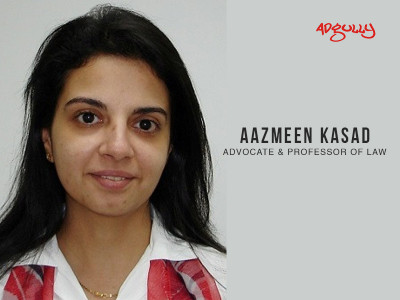
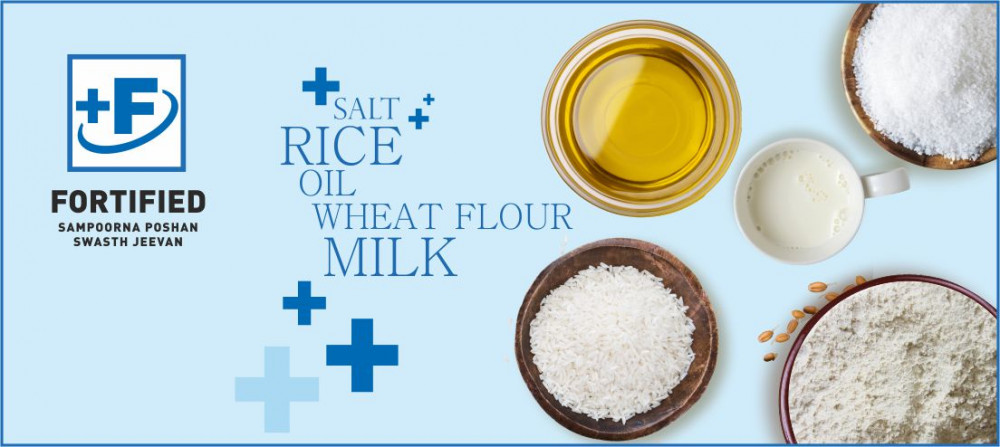
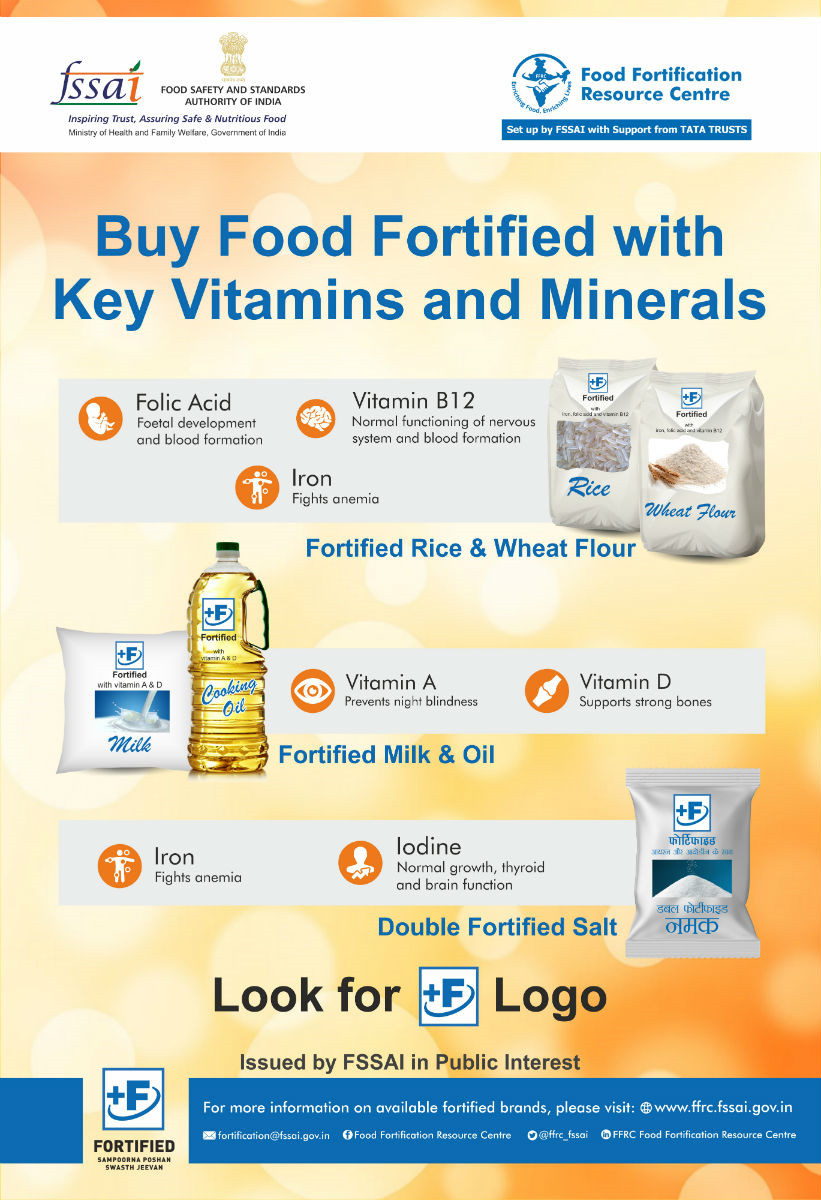
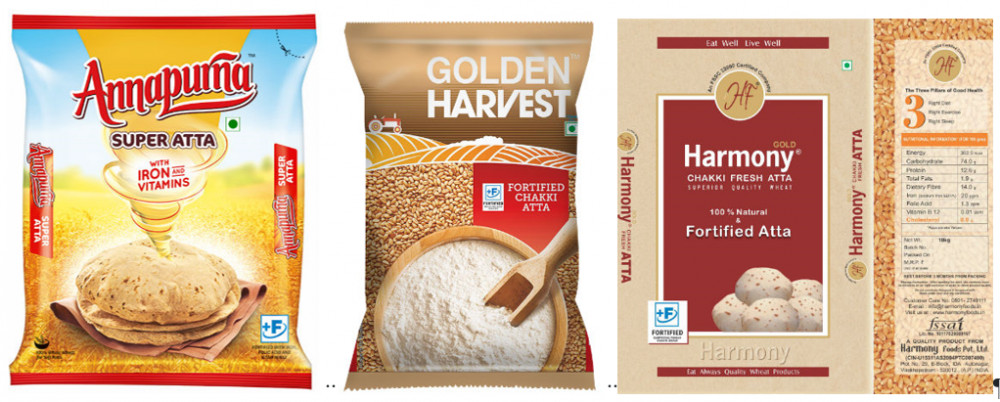

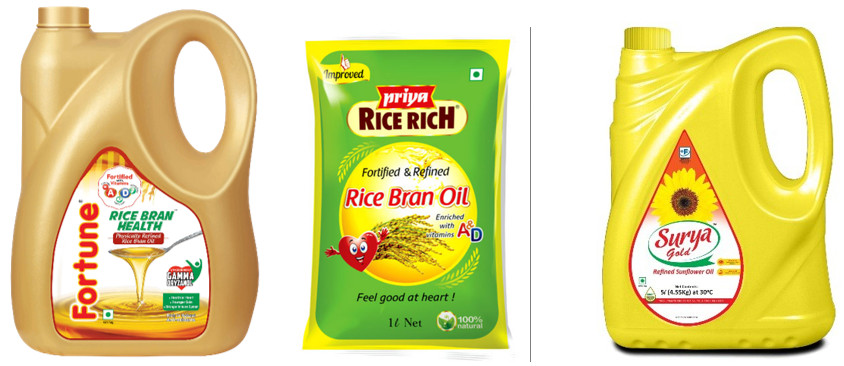
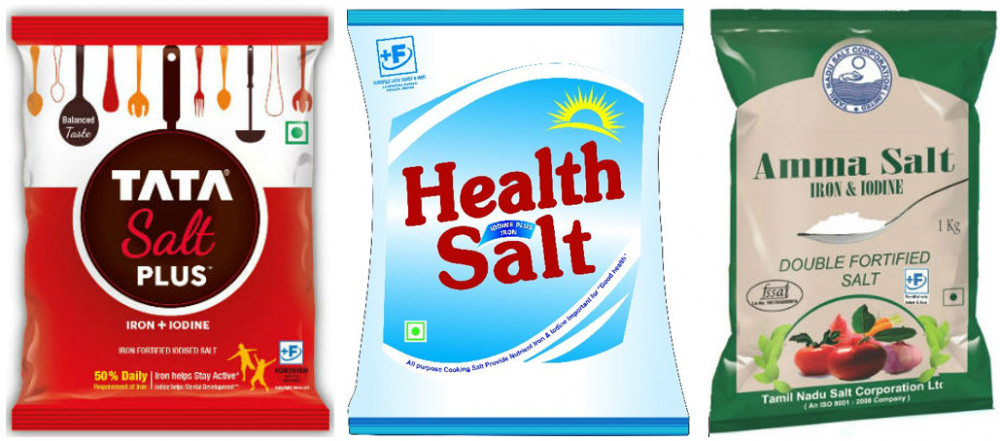
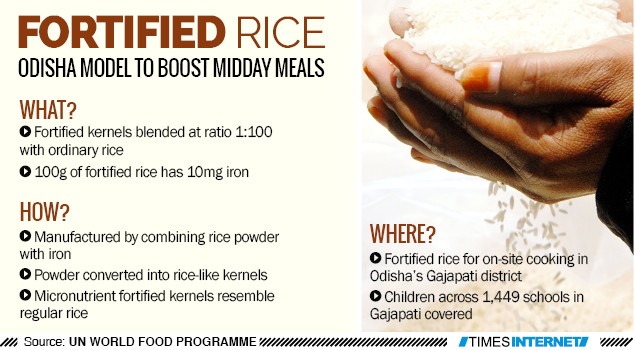

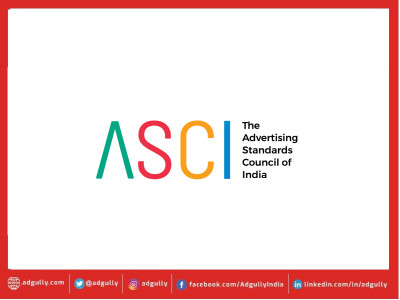
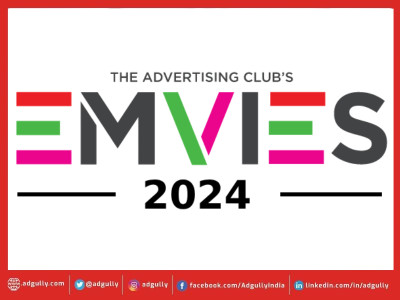



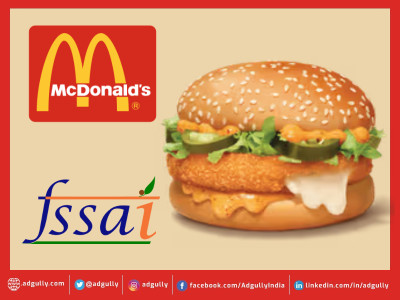
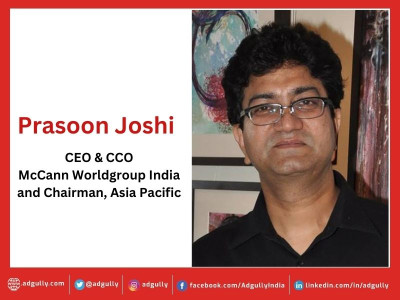

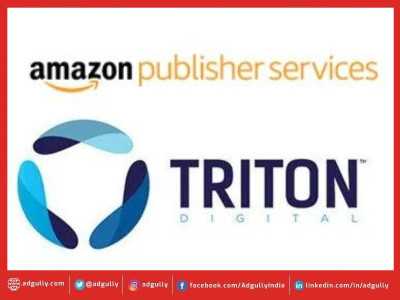

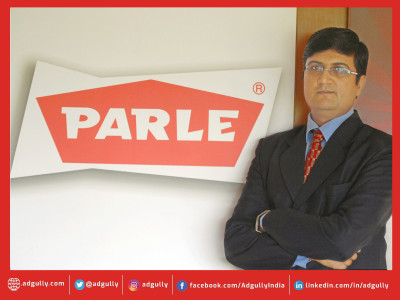

Share
Facebook
YouTube
Tweet
Twitter
LinkedIn